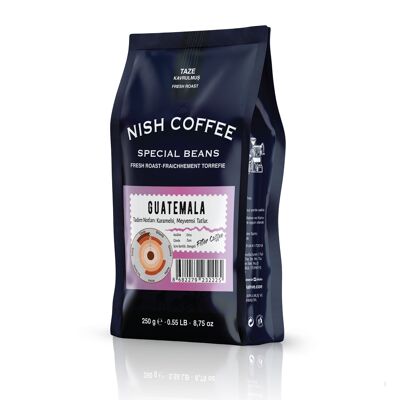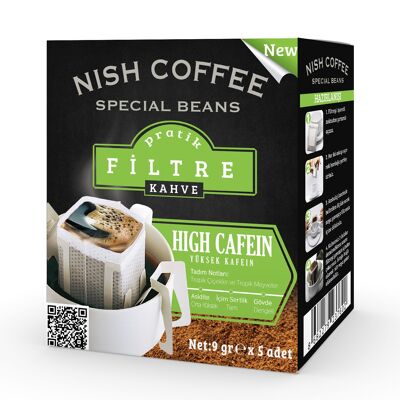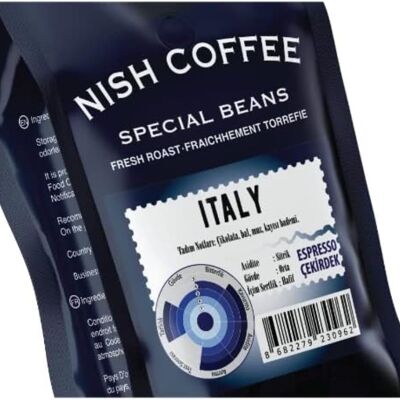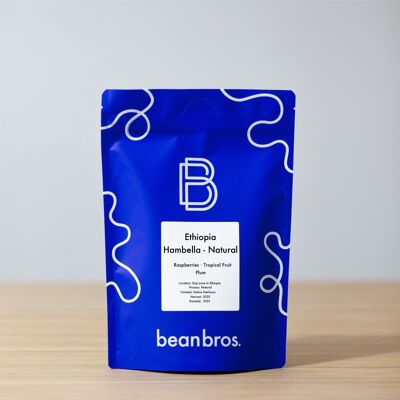


< p>Nish Filter Coffee Ethiopia</p> <p>This coffee is grown in the Djimmah region in the southwest of the country (known as Jimma in Ethiopia). The town of Djimmah is physically small, but the population in the region makes it one of the most intense settlements in Ethiopia after Addis Ababa. Djimmah coffee represents a large part of Ethiopian coffee exports and covers almost 50%. It is a coffee that is mainly appreciated by its strong acidity and body. </p> <p> </p> <p>Contrary to general understanding and knowledge, Djimmah is an area with many kinds of domestic forest types of excellent coffee species. Most of the coffee are grown in frequent forests and can be commonly unknown special coffees. Due to its clean container and good taste, it is superior to other African non-washed Arabica. Most of the Djimmah coffee comes from the Illubabor region with an altitude of 1750-2000 m. </p> <p> </p> <p>The environment is usually a coffee that grows in the shade at high altitude without the need for any chemical input, thanks to the lack of rich soil and insect pests. Ethiopians generally believe in a balanced growing of coffee with soil, resisting intense planting and demand for efficiency requiring fertilizer and other artificial controls. Djimmah coffee is selected manually and processed traditionally dry (natural). </p> <p> </p> <p>Brewing methods</p> <p> </p> <p>Filter coffee machine</p> <p>Chemex</p> <p>V-60</p> <p>Aeropress</p> <p>Wood Neck</p> <p>French Press</p> <p> </p> <p>Core identity</p> <p><br /> Origin: Ethiopia<br /> Region: Djimmah<br /> Core Type: Arabica<br /> Altitude: 1700-2000 m<br /> Process: Unsolved<br /> Harvest: October - March<br /> Body: middle<br /> Acidity: high<br /> Hardness: balanced<br /> AROMA: Nedenci, Orange, Caramel, Cocoa<br /> Tasting Notes: A Clean Cup and Soft, Dry Painful Body Sweet Earthly Notes<br /> I drink: flavors that start with chocolate light citrus fruits acidic beautiful finish</p> <p>The recommended water temperature is between 80 - 93 degrees. Keep the product in its own valve packaging. The recommended consumption date is located on the packaging. </p>

























